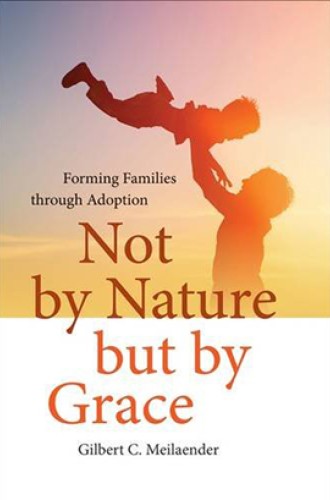What makes a family?
We tend to think biology matters, and matters very much—except when we don’t.
While having breakfast at a hotel recently I overheard a couple, apparently a little older than most of their parent-peers, commenting to the breakfast manager on their young twin boys, who were making a mess, “We always wanted children, and now here we are.” It struck me how commonplace and ordinary the conversation about forming families through some means other than sex seemed.
Around 135,000 children are adopted in the United States every year; around 64,000 births are conceived through use of assisted reproductive technologies. Given these numbers, there was nothing particularly surprising about the couple’s openness about their children not being biologically theirs.
But a second thought also occurred to me. The couple spoke of their children and their desire for children much as I might speak about a car: “Well, I’ve always wanted a Tesla, and last month I finally got my Model S, and now here we are.” Again, this way of speaking about children is not unusual. No doubt it’s the same way my wife and I spoke about our nascent family some 30 years ago.





